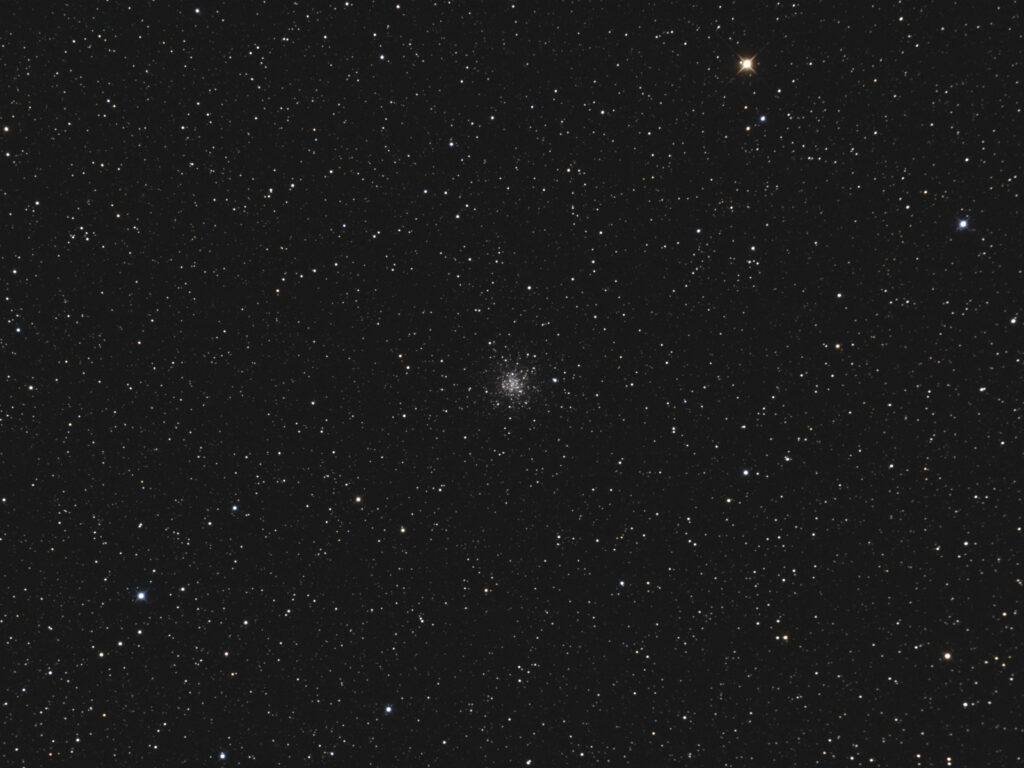
Telescope: Astro-Tech 8” f/8 Ritchey-Chretien, Orion Atlas EQ-G
Camera: Full Spectrum Modified Nikon D810, Baader Mk III MPCC
Filter: GSO IR Blocking Filter
Guide scope: Astro-Tech 60mm, ZWO ASI120MM mini, PHD2
Exposure: 26x120sec, ISO 200, saved as RAW
Darks: Internal (Long Exposure Noise Reduction On)
Flats: 32×1/20sec, Tee shirt flats taken at dusk
Average Light Pollution: Red zone, Bortle 8, good transparency
Lensed Sky Quality Meter: 18.7
Stacking: Mean with a 1-sigma clip.
White Balance: Nebulosity Automatic
Software: Backyard Nikon, Nebulosity, Photoshop
M56 is a relatively small, dense globular cluster that tends to get a bit lost against the background Milky Way. I have always found this to be a somewhat challenging object as seen from my backyard, but it blossoms beautifully with a camera.
M56 is currently placed high in the northeast at dusk. (Photo credit: John Graham, 5–30-2022)
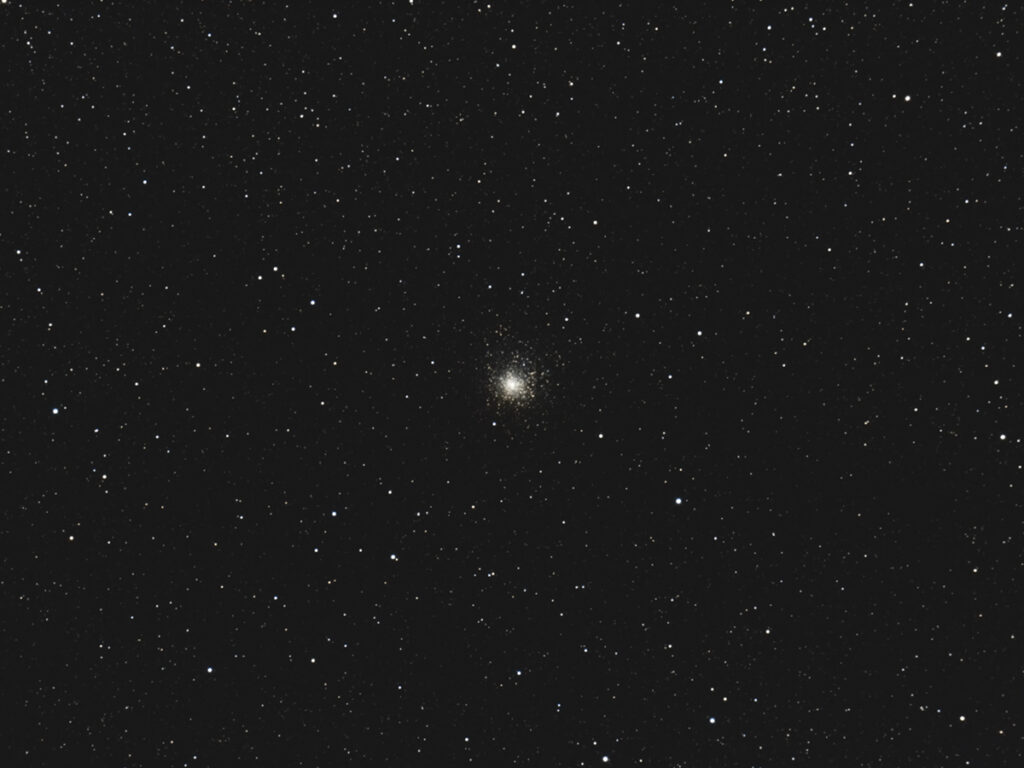
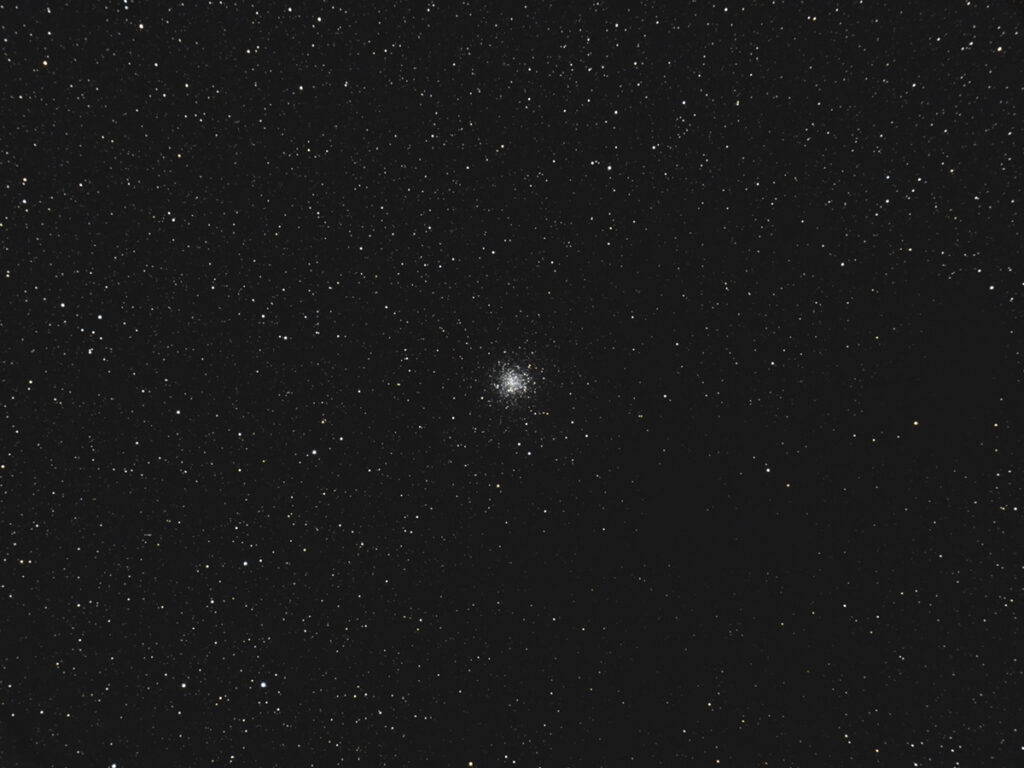
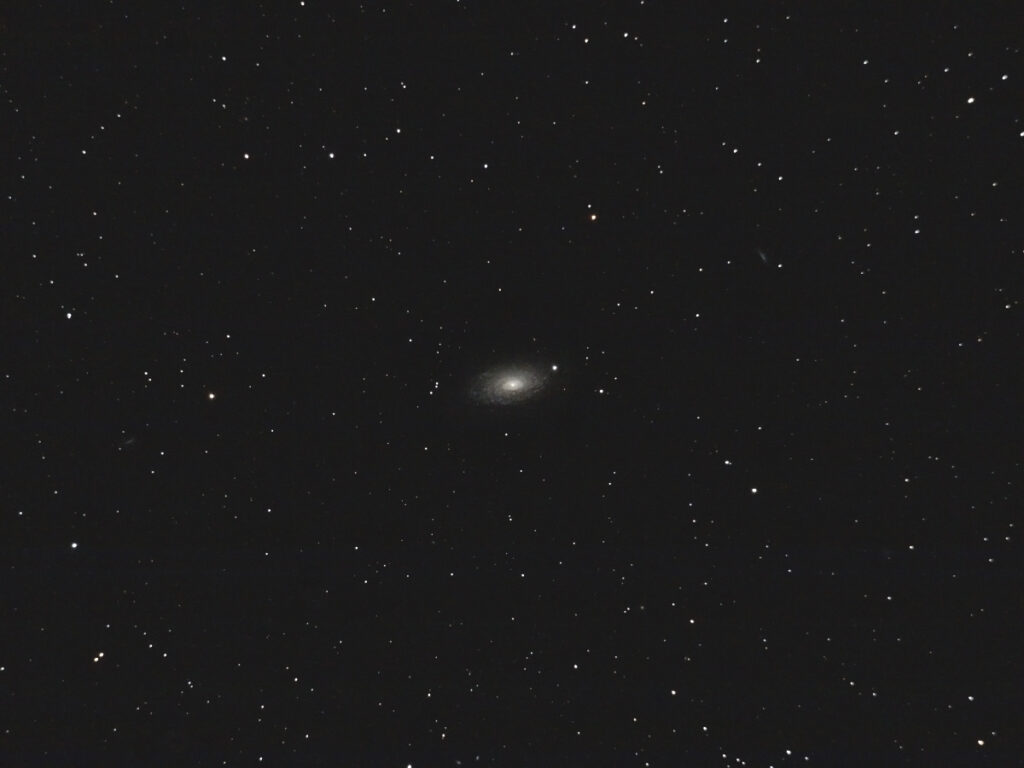
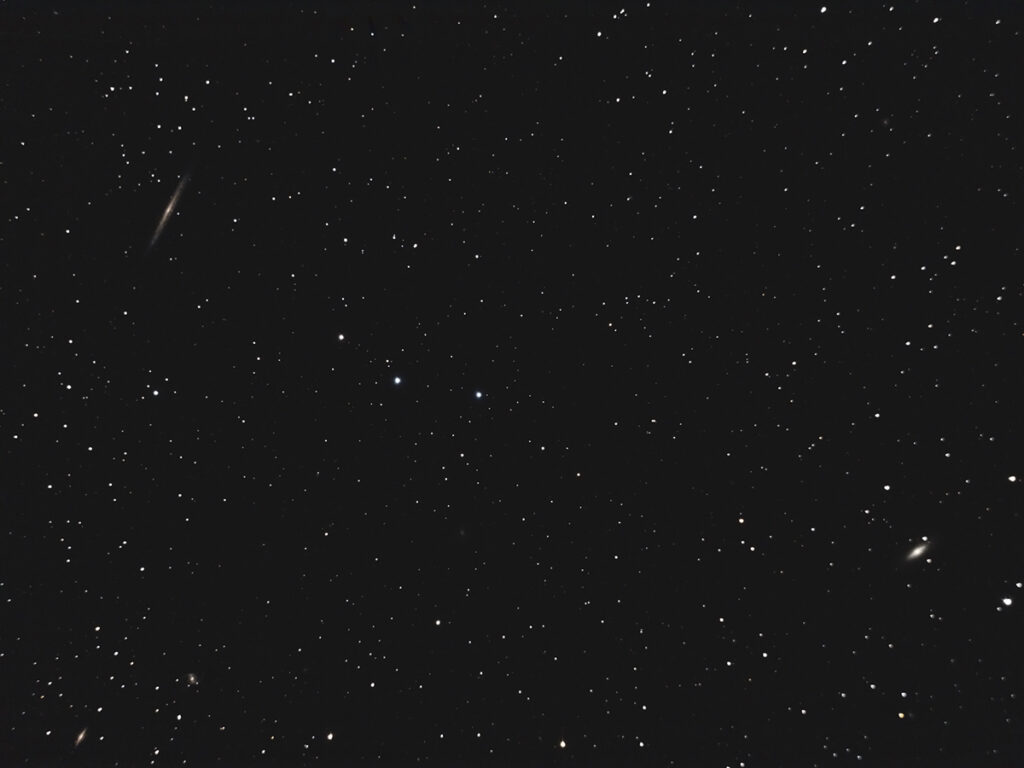
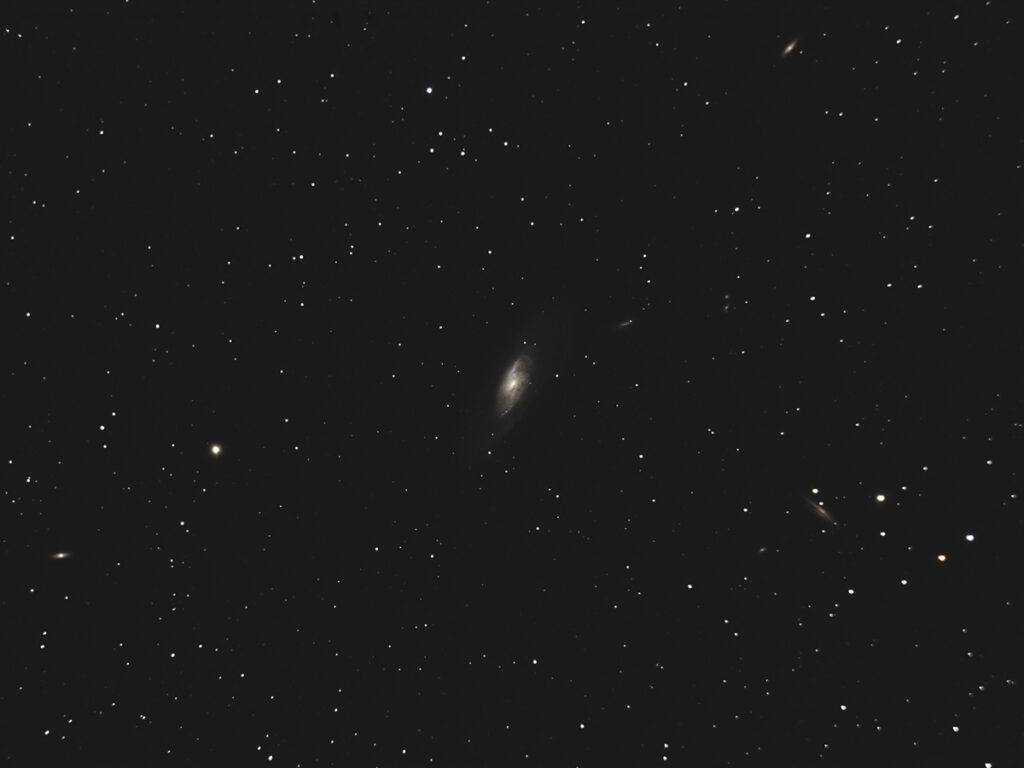
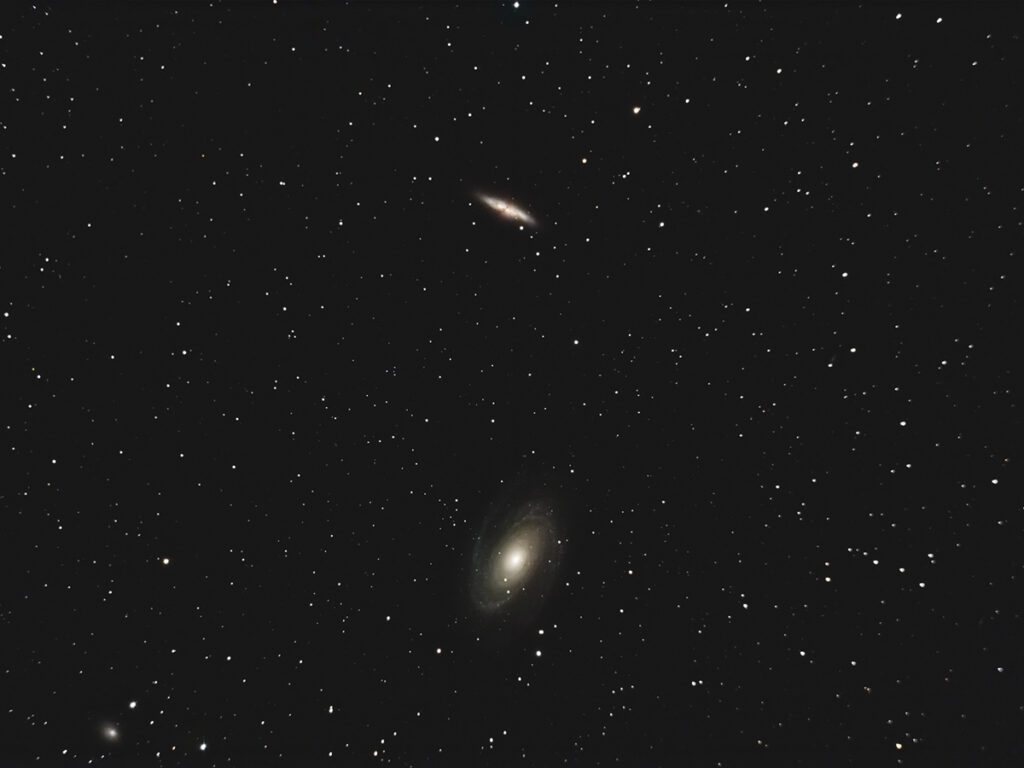
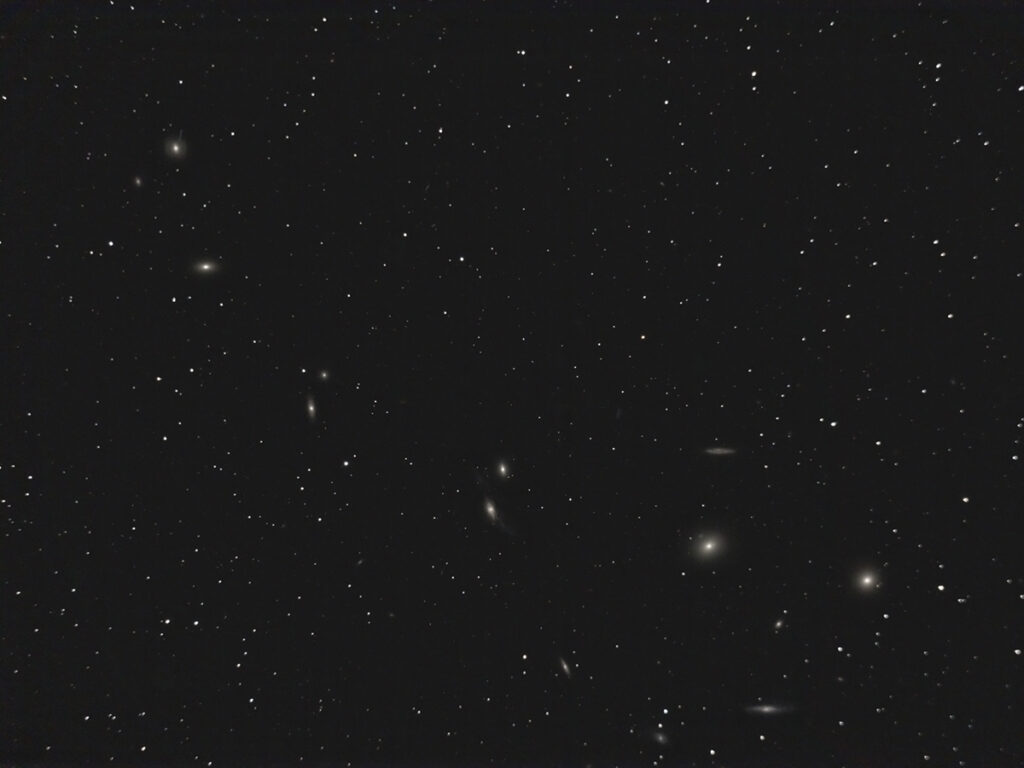
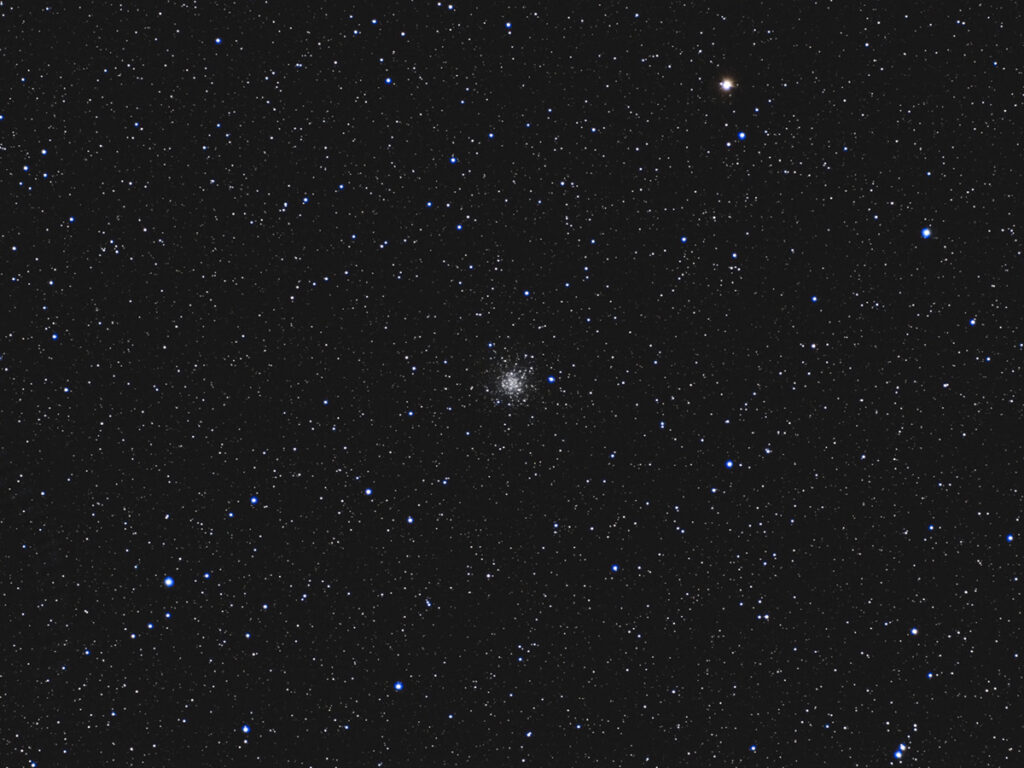
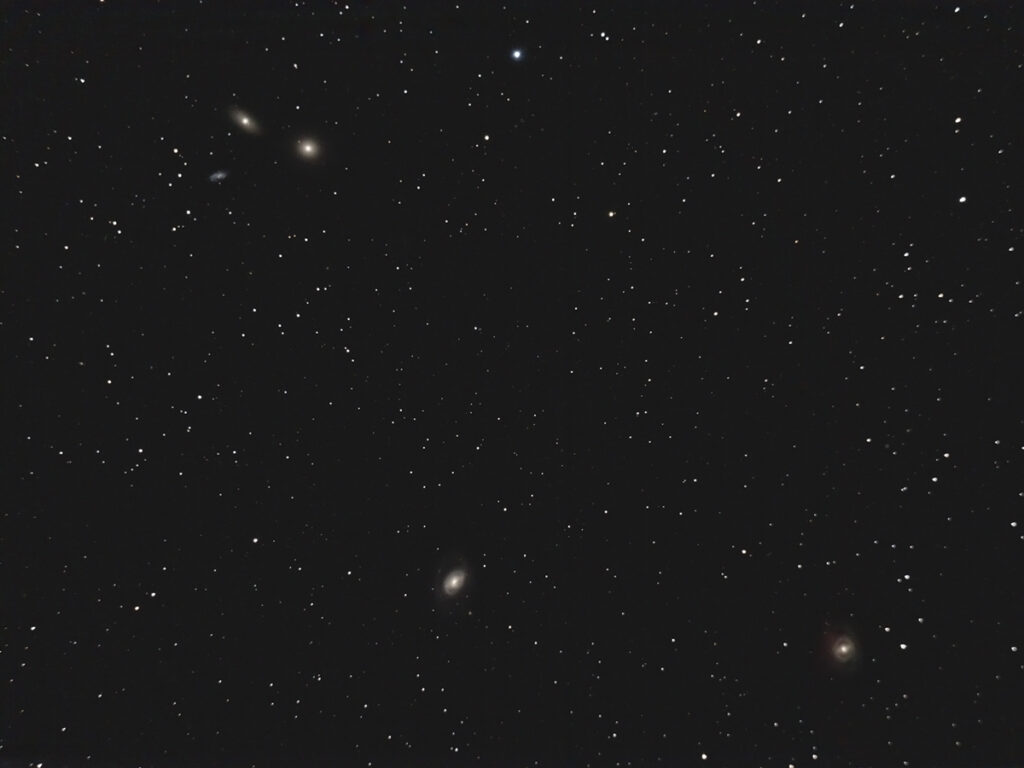
Recent Comments